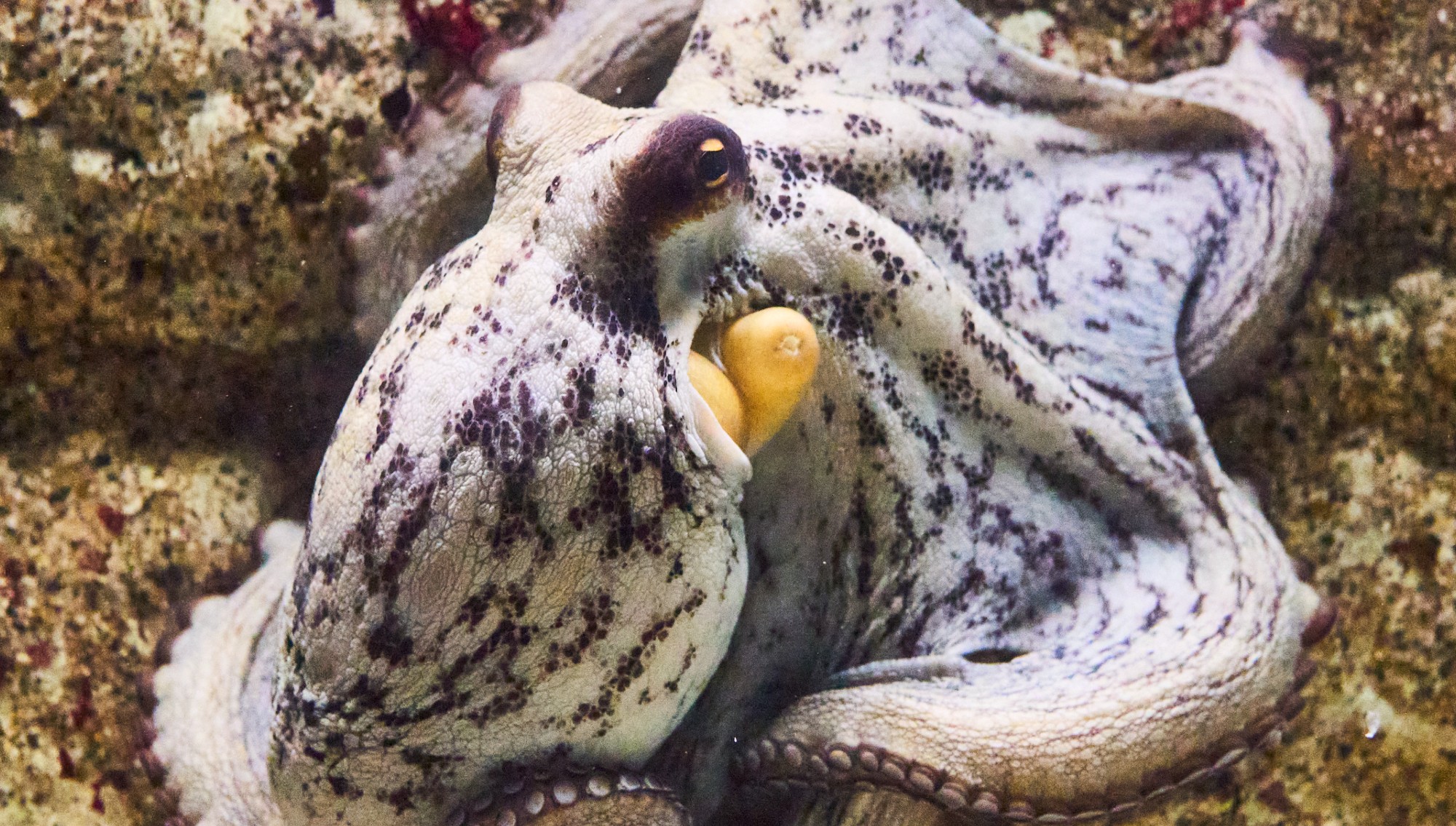American workers are fed up
The working class is restless. Can unions begin a new era in the fight for workers' rights?


The American working class is restless. Across the country, unionized workers are going on strike in what might be the biggest wave of walkouts in over a decade, and workers in general are quitting their jobs at the highest rate ever measured (in data going back to 2000).
This is an encouraging sign of long-overdue labor militancy. But it remains to be seen whether American unions can seize the moment to reverse their long-standing decline in membership and begin a new era in the fight for workers' rights.
Let's consider their chances. The strike wave (dubbed "Striketober" on social media) is the most prominent piece of news. About 10,000 workers at John Deere recently walked off the job, arguing their pay, benefits, and working conditions were meager compared to the company's record profits and the CEO's $14.7 million compensation. Workers at Kellogg's have shut down factories across the country. More walkouts may come soon — over 24,000 nurses at Kaiser Permanente are near a strike, as are 60,000 film and TV workers.
The Week
Escape your echo chamber. Get the facts behind the news, plus analysis from multiple perspectives.

Sign up for The Week's Free Newsletters
From our morning news briefing to a weekly Good News Newsletter, get the best of The Week delivered directly to your inbox.
From our morning news briefing to a weekly Good News Newsletter, get the best of The Week delivered directly to your inbox.
A much more widespread, if less organized, phenomenon is what's being called the Great Resignation. Some 3.6 percent of non-farm workers quit their jobs in August (the most recent month for which data is available). That's the highest figure in at least two decades, and likely long before that.
It seems large swathes of the American workforce simply can't take it anymore. As Alex Press writes at Jacobin, the sectors with the highest quit rate are hospitality, retail, and health care — that is, the ones stressed hardest by the COVID-19 pandemic. For the last 18 months, millions of people put their lives at risk running themselves ragged in crummy jobs, working long hours often for low wages and meager benefits. Is it any wonder so many food service workers (the ones who aren't dead, at least) are done being screamed at by bratty, entitled customers for $2.13 an hour plus tips?
We see here how brutal contempt for workers has made the American economy fragile and dysfunctional. This country has an essentially 19th-century labor system in which the working class is assumed to be lazy and in need of discipline at all times — specifically, the threat of starvation to force people to take any job on offer.
Thus, when the pandemic first started, risk was handled as it usually is: It was put entirely on workers. Business owners forced workers to stay on the job, often in dangerous, unsanitary conditions, without protective gear, sick leave, or other protections that would cost money or inconvenience the capitalist class. The result was needless suffering in all sorts of industries and an economy that is still about 5 million jobs short of the pre-pandemic level, despite record-high numbers of job openings. Business owners' cavalier indifference to the welfare of their workers burned up or killed many employees, and now employers are desperately short of labor.
A free daily email with the biggest news stories of the day – and the best features from TheWeek.com
When worker shortages emerged months ago, both Republican governors and the Biden administration went with the old-time religion: They agreed the best idea was to get rid of the pandemic unemployment boost to starve workers into the available jobs.
It didn't work, because that approach totally misunderstood what's happening. Some people are struggling, burned out, can't find child care, or are simply fed up. Others are trying to change careers, damn the consequences. They need to be helped into jobs, not mindlessly pummeled with more risks and demands.
As usual, the Nordic countries make for an instructive comparison. One of the primary purposes of a Nordic-style welfare state is to reconcile work with ordinary life events that can interfere with employment — education, illness, parenthood, burnout, and so on. Similarly, strong unions and workplace safety regulations protect the health of workers so injuries and deaths are kept as low as possible.
All that has been enormously helpful in protecting the lives of Nordic workers from the coronavirus. It also protected those countries' economies. Sweden horribly botched its pandemic control policies, but America's COVID-19 death rate is still 52 percent higher. The U.S. figure is 4.8 times the rate in Denmark; 11.1 times the rate in Finland; and 13.1 times the rate in Norway. Not only did every single Nordic country have a greater share of their prime working-age population in the labor force than America did before the pandemic, but they also have since surpassed their pre-pandemic levels of employment, while the U.S. appears to be at least a year away from that goal.
The American labor system is not just brutally cruel, and not just terrible at getting people into jobs. It is also wasteful of human life.
In any case, the callous behavior of the capitalist class has, ironically, helped create a rare window of leverage for American workers. Consumer spending is high but workers are scarce, and many are seizing this opportunity to get a new job or a raise. However, it won't last forever. As Hamilton Nolan argues at In These Times, unless more workers can be organized into unions capable of making present gains permanent, sooner or later the moment will pass. Already capitalists are demanding the Federal Reserve strangle the economy to reduce pressure on employers.
It was strong labor and socialist movements that made the Nordics what they are. A century ago, those nations were about as unequal as the U.S. is now, and it took years of grinding political conflict to make them such comparatively great places for workers. If American workers want more than a temporary reprieve from capitalist abuse, we will have to fight.
Ryan Cooper is a national correspondent at TheWeek.com. His work has appeared in the Washington Monthly, The New Republic, and the Washington Post.
-
 Unemployment rate ticks up amid fall job losses
Unemployment rate ticks up amid fall job lossesSpeed Read Data released by the Commerce Department indicates ‘one of the weakest American labor markets in years’
-
 The Week contest: Octopus album
The Week contest: Octopus albumPuzzles and Quizzes
-
 Hegseth rejects release of full boat strike footage
Hegseth rejects release of full boat strike footageSpeed Read There are calls to release video of the military killing two survivors of a Sept. 2 missile strike on an alleged drug trafficking boat
